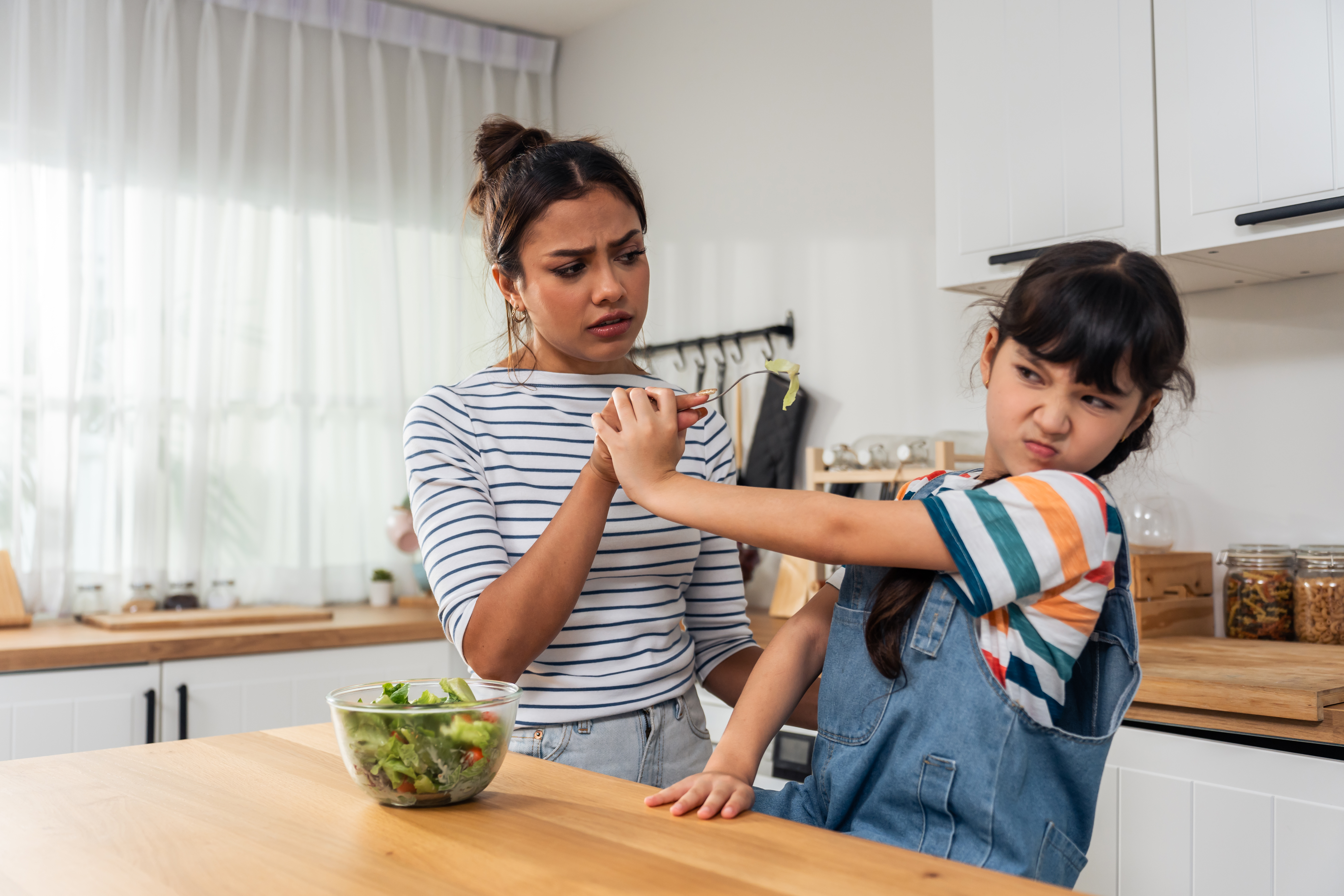Recognizing and Validating a Child’s Anxiety
When a child is experiencing anxiety problems or an anxiety disorder, it is crucial to recognize and validate their feelings. Anxiety is a real experience for the child, even if it may seem irrational to others. It is important to acknowledge and understand that the child’s perception of anxiety is valid. Children often feel embarrassed, helpless, and misunderstood when faced with a range of overwhelming emotions. They may worry about being judged or alienated by others, leading to a sense of isolation. They might struggle to articulate their feelings, making it harder for them to seek help or support. In their attempt to make sense of their anxiety, some children may resort to avoidance or blaming others as a way to cope. As parents or caregivers, it is essential to reassure the child that their anxiety is valid and that there are ways to help them overcome this challenging time.
Teaching Coping Mechanisms
One of the main challenges children face when dealing with anxiety is learning how to cope effectively. They may doubt their ability to resolve the problems associated with their anxiety, leading to a sense of helplessness. In these situations, children often rely on parents or other trusted adults for protection from their feared situations. However, it is important to empower them to face their fears and develop their coping skills. Encouraging children to confront their fears with a clear mind and take proactive steps towards them can be immensely beneficial. By doing so, they can gradually learn that although anxiety may arise from uncertainty, it can subside and dissolve as they keep calm and carry on. It is crucial to emphasize the importance of trying first before making judgments or getting caught up in anxious thoughts that prevent natural resolutions. Helping children understand that discomfort is temporary and manageable can build their confidence in handling future anxiety-provoking situations.
The Natural Ebb and Flow of Anxiety
Anxiety tends to come and go in waves over time. It is important for children to understand that although anxiety can be uncomfortable, it will eventually dissipate if they allow it to. However, there are instances where a child might become completely overwhelmed and genuinely fear certain situations, leading them to retreat from those activities or rituals that trigger their anxiety. This fear may be rooted in a genuine concern about experiencing panic attacks or intense distress. In such cases, it becomes crucial for parents to distinguish between normal fluctuations of anxiety and extreme cases where professional help may be necessary. By providing guidance and support, parents can help children navigate through these periods of heightened anxiety. Creating an open and non-judgmental environment where children feel safe to express their anxieties can facilitate their understanding of the natural ebb and flow of anxiety.
Parental Role in Supporting Children
As parents, you play a significant role in helping your child understand and accept their feelings of anxiety. It is crucial to accept the problem and the reality of what it means for your child. This involves actively listening to what your child has to say and adjusting your response accordingly. Sometimes, societal conditioning may lead us to dismiss or downplay a child’s anxiety by saying things like “You’ll get used to it” or “Stop worrying as it doesn’t help.” However, by adjusting our perspective and responding with empathy, we can provide the support and confidence that will go a long way toward easing their anxiety issues. Instead of criticizing or exacerbating their fears, offer understanding and support. Provide reassurance that it is normal to experience anxiety and that there are strategies and resources available to help them manage it effectively. By creating a safe and nurturing environment where open communication is encouraged, you can help your child build resilience and develop effective coping mechanisms to manage their anxiety both now and in the future.








